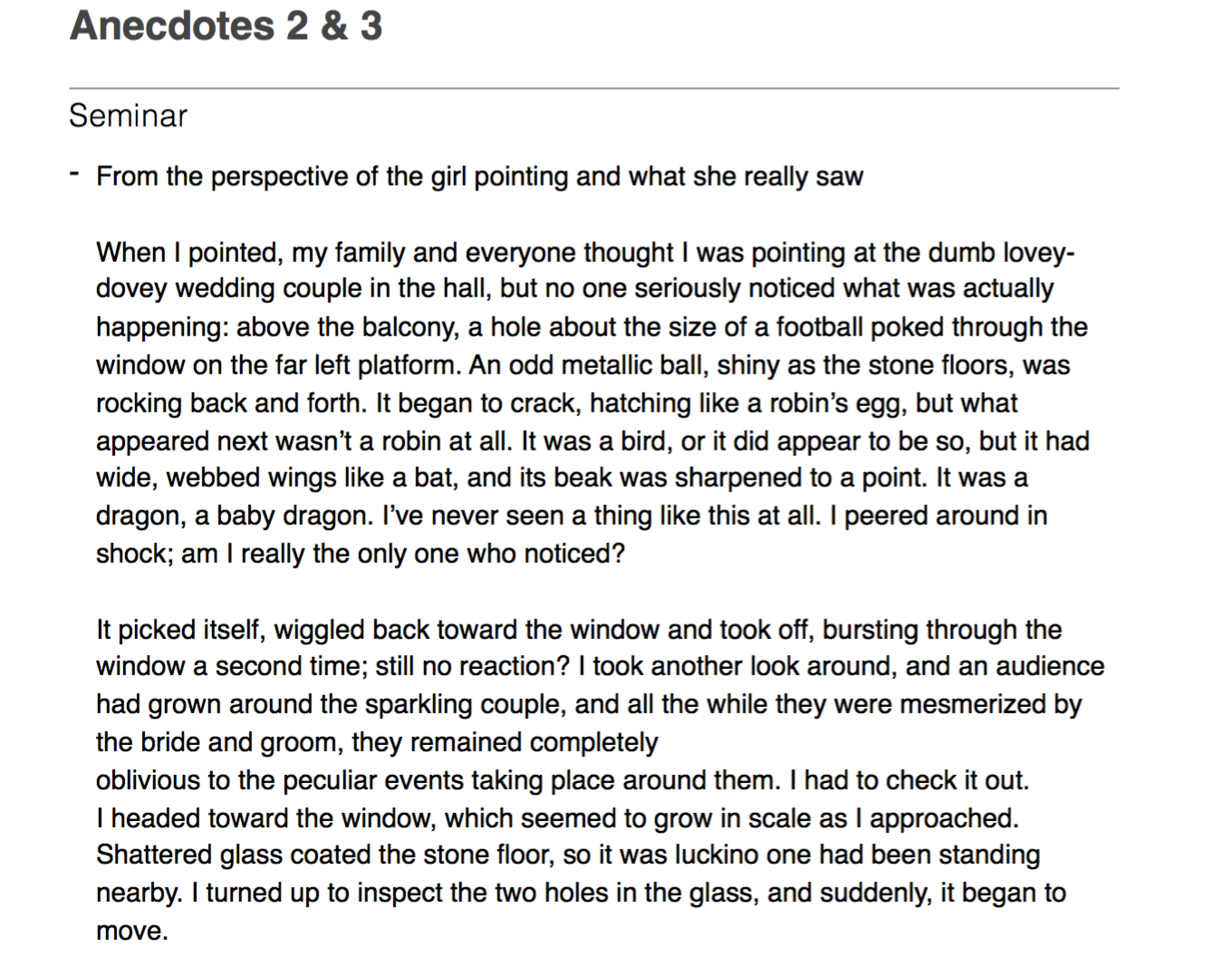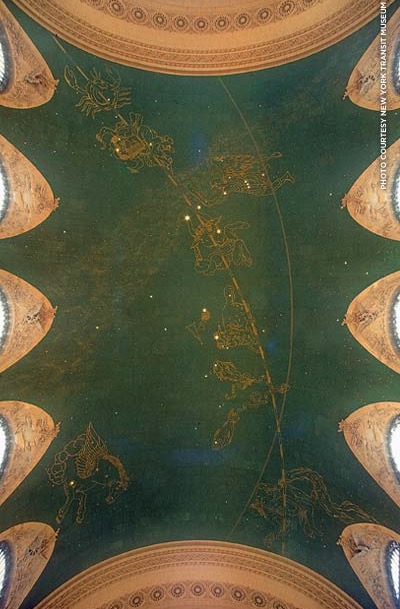What did you learn from the process of rewriting? Brainstorming? Annotating?
I always, always produced better writing after seeing my writing in class and having others read it because I became more aware of what was being communicated effectively versus what I was trying to say. Handing in my work and then resisting it later felt like I had a fresh perspective, or a new set of eyes, looking over my paper. It just felt good to take a step back.
Additionally, I’m a much better writer when I get all of my ideas out quickly, just by jotting them down as if they were rough sketches. Then I would outline what I wanted to write about, followed by a free-write basically, where I would explain anything that came to mind without worrying whether it was correct, appropriate, or organized. Then I would go back over it to revise the content and organize the structure. For me, writing in this process allows me to express all of my ideas freely and at once and going back to filter what I was sure I wanted to share later. This way I would not get hung up on the way I structure my sentences and lose my train of thought.
When writing the Anecdotes, I really had to take a step away from the scene that I was writing about because I wanted to make something creative and bring it to life. I allowed myself to write freely. The ideas that sprung to mind were written down immediately, and not all of them were good ideas, so I threw out the bad ideas and developed the good ones into a cohesive story.


